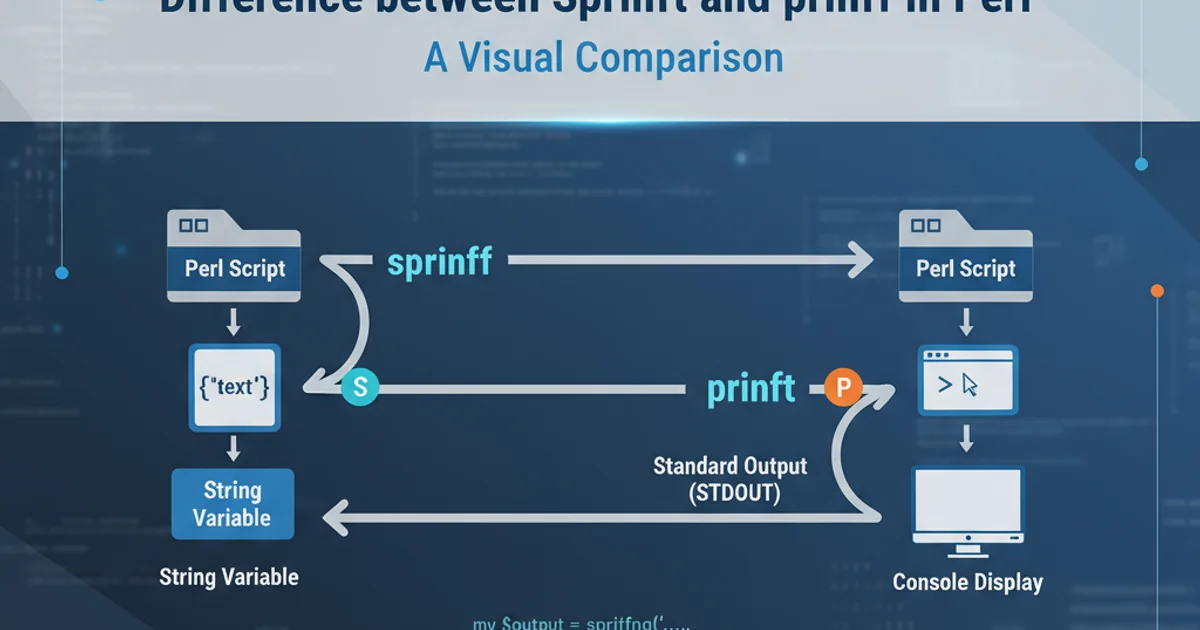Sigma or Summation function in Excel
Categories:
Mastering Summation (Sigma) in Excel: Techniques and Formulas

Unlock the power of summation in Excel with various functions and techniques, from basic SUM to advanced array formulas and conditional summing. This guide covers everything you need to efficiently calculate totals in your spreadsheets.
Summation, often represented by the Greek letter Sigma (Σ), is a fundamental operation in mathematics and data analysis. In Excel, calculating sums is one of the most common tasks. While the basic SUM function is widely known, Excel offers a rich set of tools for more complex and conditional summation scenarios. This article will guide you through various methods to perform summation in Excel, catering to different data structures and analytical needs.
Basic Summation with the SUM Function
The SUM function is the cornerstone of summation in Excel. It allows you to add up numbers in a range of cells, individual cells, or a combination thereof. It's straightforward and highly efficient for most basic summing tasks.
=SUM(A1:A10)
=SUM(B2, C5, D8)
=SUM(A1:A5, C1:C5)
Examples of the basic SUM function in Excel.
Conditional Summation: SUMIF and SUMIFS
Often, you don't want to sum all numbers, but only those that meet specific criteria. Excel provides SUMIF for single conditions and SUMIFS for multiple conditions, allowing for powerful conditional aggregation.
flowchart TD
A["Start: Define Summation Goal"]
B{"Single Condition?"}
C["Use SUMIF(range, criteria, sum_range)"]
D{"Multiple Conditions?"}
E["Use SUMIFS(sum_range, criteria_range1, criteria1, ...)"]
F["End: Get Conditional Sum"]
A --> B
B -- Yes --> C
B -- No --> D
C --> F
D -- Yes --> E
D -- No --> FDecision flow for choosing between SUMIF and SUMIFS.
=SUMIF(A1:A10, ">50", B1:B10)
=SUMIFS(C1:C10, A1:A10, "Product A", B1:B10, ">100")
SUMIF sums values in B1:B10 where corresponding A1:A10 values are greater than 50. SUMIFS sums C1:C10 where A1:A10 is "Product A" AND B1:B10 is greater than 100.
Advanced Summation with Array Formulas and SUMPRODUCT
For more complex scenarios, especially those involving multiple criteria across different arrays or non-contiguous ranges, array formulas (entered with Ctrl+Shift+Enter in older Excel versions, or implicitly in newer versions) and the SUMPRODUCT function become invaluable. SUMPRODUCT is particularly versatile as it can handle array operations without explicit array entry.
={SUM(IF(A1:A10="East", B1:B10*C1:C10, 0))}
=SUMPRODUCT((A1:A10="East")*(B1:B10>100)*(C1:C10))
The first formula is an array formula (Ctrl+Shift+Enter) to sum the product of B and C for 'East' region. The second uses SUMPRODUCT to achieve a similar conditional sum without explicit array entry.
Ctrl+Shift+Enter and will 'spill' results automatically. However, SUMPRODUCT remains a powerful and often more efficient alternative for complex conditional sums.Summing Visible Cells Only: SUBTOTAL and AGGREGATE
When working with filtered data, you often need to sum only the visible cells, ignoring hidden rows. The SUBTOTAL and AGGREGATE functions are designed precisely for this purpose, offering various aggregation options, including summation.
=SUBTOTAL(9, A1:A10)
=AGGREGATE(9, 5, A1:A10)
Both formulas sum the visible cells in the range A1:A10. SUBTOTAL's first argument 9 specifies SUM. AGGREGATE's 9 is SUM, and 5 ignores hidden rows.
1. Using AutoSum for Quick Totals
Select the cell where you want the sum to appear, typically below or to the right of the numbers you want to add. Go to the 'Home' tab, find the 'Editing' group, and click the 'AutoSum' button (Σ). Excel will automatically suggest a range; press Enter to accept or adjust the range as needed.
2. Applying Conditional Sums
To sum values based on a condition, use SUMIF. For example, to sum sales for 'Product A' in column B where product names are in column A, enter =SUMIF(A:A, "Product A", B:B). For multiple conditions, use SUMIFS.
3. Summing Filtered Data
After applying a filter to your data, use the SUBTOTAL function. For instance, =SUBTOTAL(9, C2:C100) will sum only the visible cells in column C, ignoring any rows hidden by the filter. This is crucial for accurate analysis of filtered datasets.